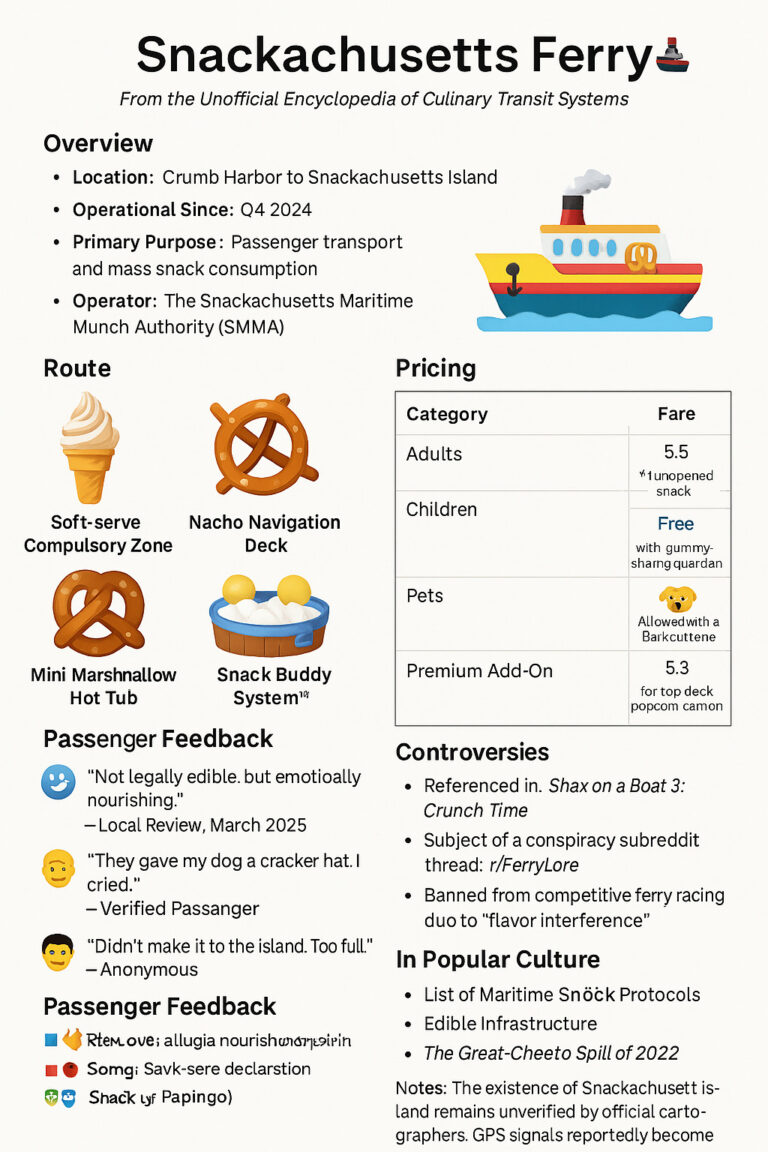Understanding User Behavior: How Heat Mapping Revolutionizes Website Analysis
Heat mapping technology has transformed the way website owners understand user behavior, offering a visually intuitive method of analyzing how visitors interact with webpages. By visually representing data, heat maps make it possible for digital marketers, UX designers, and website managers to gain valuable insights that are not easily discernible through traditional analytics. Continue reading to learn how heat mapping can reveal critical user behavior patterns and help optimize website performance.
Understanding the Power of Heat Mapping for In-Depth Website Analysis

Heat mapping is an advanced analytical tool that captures the essence of user interaction on a website. By recording clicks, mouse movements, and scrolling behavior, heat maps provide a comprehensive picture of user engagement. Not only do these insights reveal the most popular areas of a page, but they also uncover potential problem spots where users may encounter difficulties.
Transitioning from observation to action is where heat mapping websites truly shine.
The aesthetic appeal of heat maps lies in their ability to present complex data in an accessible and easily interpretable form. Colors ranging from hot to cold indicate the level of user activity, with hotter colors denoting higher interaction levels. This instant visual feedback allows for quick and effective analysis, bypassing the need to sift through dense tables and charts.
Deciphering User Behavior: How Heat Maps Offer Visual Insights
Heat maps offer visual insights into user behavior that would otherwise be hidden in rows of data. They show which parts of a website engage users and which are ignored. Real-time tracking reveals immediate user reactions to updates. For content creators and marketers, heat maps highlight where users click most, helping prioritize content placement based on user interest. Scroll maps, a type of heat map, show how far users scroll before losing interest. This helps optimize content hierarchy to maintain engagement and maximize page value.
Integration of these insights into design choices leads to a more intuitive user interface. The goal is to create a seamless and enjoyable online experience, encouraging users to stay longer and engage more deeply with a website’s offerings.
Heat Mapping Tools: Features To Look for When Analyzing Your Website

Selecting the right heat mapping tool is key to getting valuable insights from your website data. A strong tool should offer not just heat maps but also scroll maps, click maps, and movement maps to show different aspects of user interaction.
Consider the granularity of data collection. Some tools provide session recordings, offering deeper insights into individual user journeys and helping uncover usability issues that aggregate data may miss. Usability and integrations also matter. A good tool should be easy to use, with a clean interface and clear data. It should integrate well with other analytics platforms and web development tools for a unified approach to optimization. Ensure the tool complies with privacy laws such as the General Data Protection Regulation (GDPR) and includes user consent options. This protects user privacy while still providing insights into site performance.
Leveraging Heat Map Data To Inform Your Website Optimization Strategy
Leveraging the data obtained from heat maps can dramatically inform and refine a website optimization strategy. By understanding where users are most engaged, web designers can place key components, such as calls to action and lead forms, in high-traffic areas to improve conversion chances. Conversely, by recognizing where engagement is low, it becomes possible to reevaluate content or design features that may be deterring user interaction.
In puzzling out the ‘why’ behind the ‘what,’ heat map data plays a pivotal role in crafting a compelling narrative for your website’s users. Are certain features overlooked due to their position or because they don’t resonate with the audience? Heat mapping provides the context necessary to answer these questions and craft a more story-driven approach to web design.
Heat maps also encourage iterative testing and continuous improvement. By consistently applying heat map data to guide changes and measure their impact, website owners can enter a virtuous cycle of optimization. This iterative process ensures that websites stay aligned with user expectations and industry best practices for an engaging online presence.
The strategic application of heat map data is essential for informed decisions and effective website optimization. By leveraging these visuals to gain an empathic understanding of user needs, website owners can create intuitive, user-centered experiences that not only attract attention but also drive conversions and success in the digital space.




